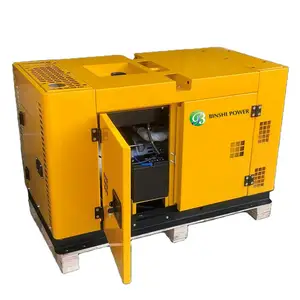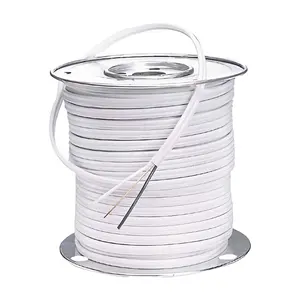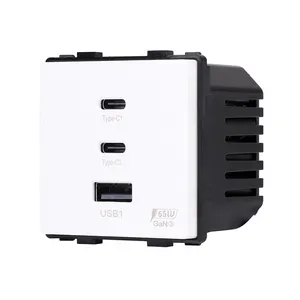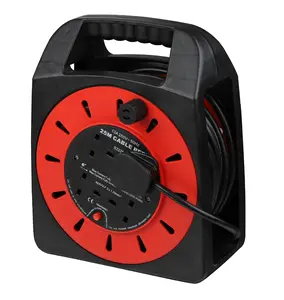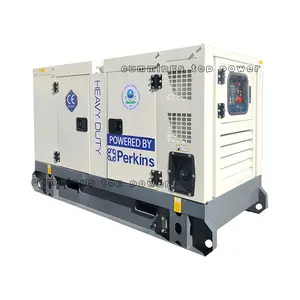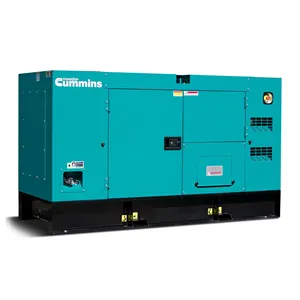Popular in your industry






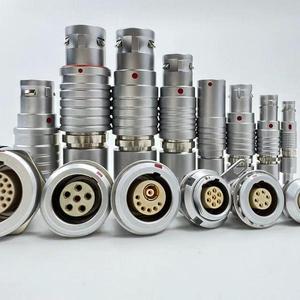

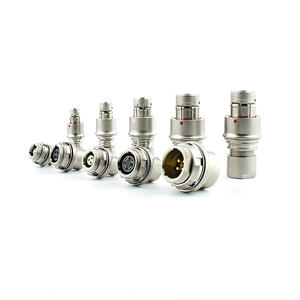
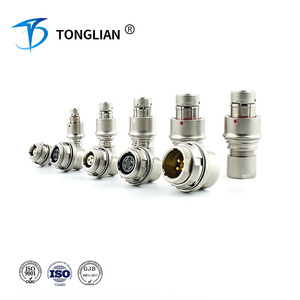








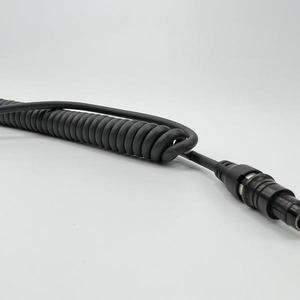














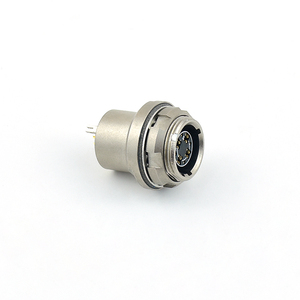


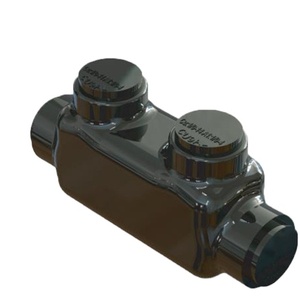
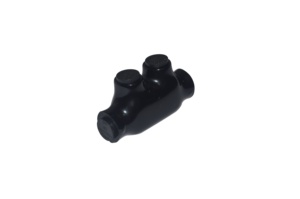








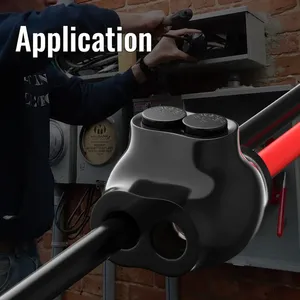



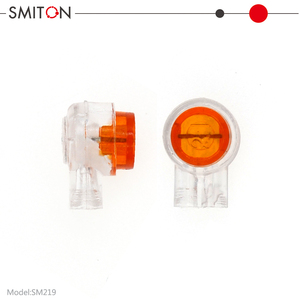














Related Searches:
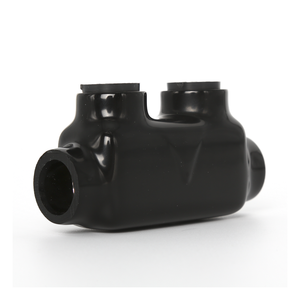

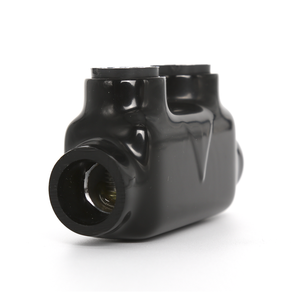















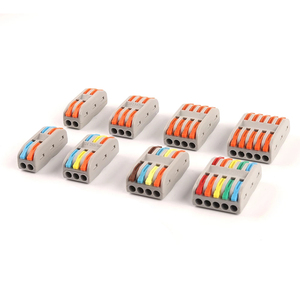







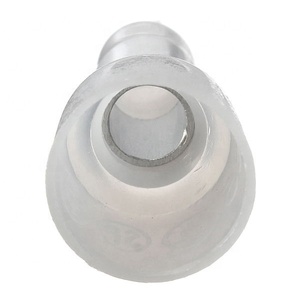

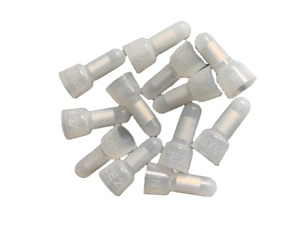




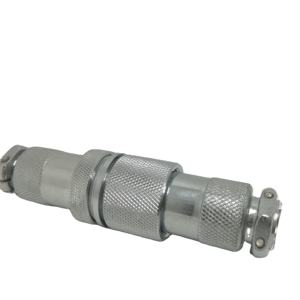




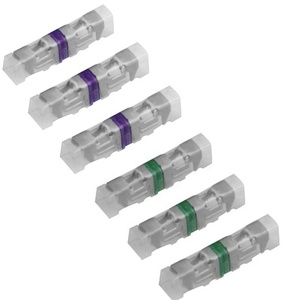



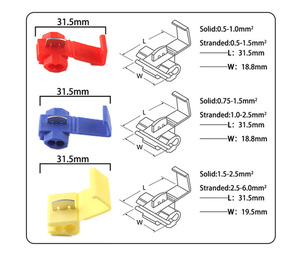











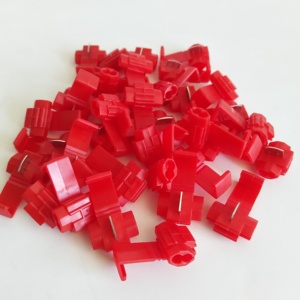


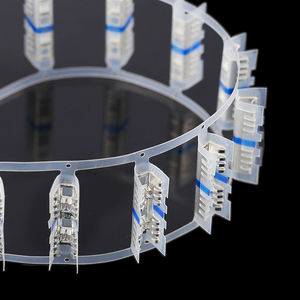

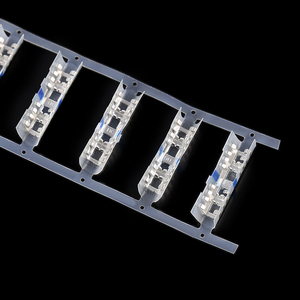






















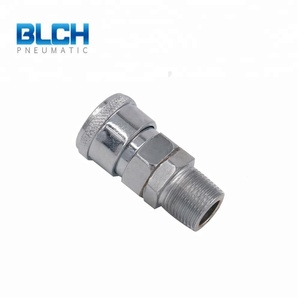


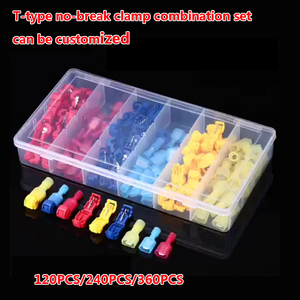

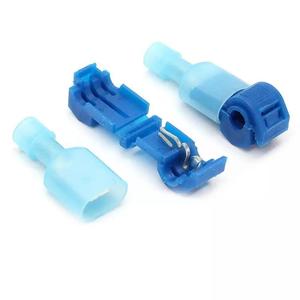






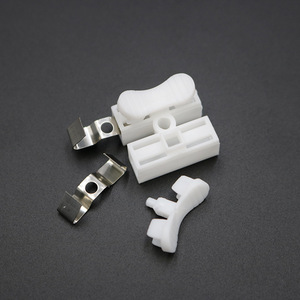






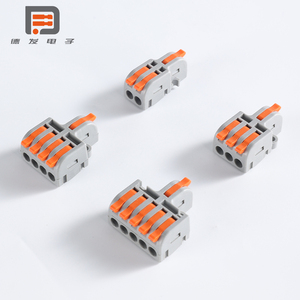



Top categories
About in-line splice connector
Introduction
In the world of electrical wiring, efficiency, safety, and reliability are paramount. One of the most significant advancements in this field is the development of in-line splice connectors. These connectors, used to join or split cables while maintaining signal continuity, have revolutionized wiring practices across various applications. This comprehensive guide will delve into the understanding of in-line splice connectors, their types, benefits, installation process, safety precautions, and their transformative impact on wiring practices, as evidenced by real-world case studies.
Understanding In-Line Splice Connectors
In-line splice connectors are used to connect two physical cables or to split an existing cable into two separate entities while maintaining signal continuity. They provide a quick and efficient solution to customer wiring requirements. Single and dual wire splices meet stringent industry requirements and are highly resistant to temperature and fluids. They can be used for multiple functions and applications, including power distribution on aircraft, military ground vehicles, and seaborn systems in harsh environments. In-line splice connectors are a more secure replacement for the traditional type of wire connection.
Types of In-Line Splice Connectors
In-line splice connectors are a type of wire connectors used to connect wires of different lengths. They prevent wires from touching each other or any exposed metal surface, reducing accidents through short circuits. There are various types of in-line splice connectors, including standard and high-temperature screw-on wire connectors, economy screw-on wire connectors, wing wire connectors, push-in wire connectors, and nylon pigtail/closed-end connectors. All these connectors meet international safety standards, ensuring their quality and safety.
Crimp Connectors
Crimp connectors, specifically butt splice connectors, are a reliable solution for electrical wire connections. These connectors, available in red, blue, and yellow, are insulated with PVC or Nylon and can handle up to 600 volts. They are designed with a funnel ferrule wire entrance into the electrical barrel, which eliminates wire strand 'hang-up', thereby increasing crimping rates and wire termination reliability. These insulated butt splices can operate continuously in temperatures ranging from -67°F to 221°F (-55°C to 105°C).
Solder Connectors
Solder Seal Wire Connectors are a revolutionary product in the field of in-line splice connectors. These connectors are designed to help customers complete their wiring projects efficiently. The connectors meet international quality and reliability standards. The connectors offer a high success rate and feature a waterproof rating, making them suitable for various environments.
Push-In Connectors
Push-in connectors are a type of in-line splice connectors that allow easy connection of wires. They accept 12-22 AWG solid and stranded wire, and are rated at 600 VAC. They come in a variety of sizes, accommodating 2 - 8 'ports'. They are code compliant in many countries and provide insulation equivalent to the conductors. However, they should not be reused as removing the wire can leave deep gouges. They are secure and unlikely to let wires slip out unless subjected to constant twisting and pulling.
Benefits of Using In-Line Splice Connectors
In-line splice connectors offer several benefits. They provide a quick and efficient solution to wiring requirements, meeting stringent industry standards and resisting temperature and fluids. They can repair damaged wires, modify circuits, and adapt replacement systems. In-line splice connectors are ideal for power distribution in harsh environments, lighting applications, and wire extensions. They are a secure alternative to traditional wire connections. Newer splice connectors simplify networking applications by eliminating the need for additional parts, wire stripping, or special tools, making them faster to install.
How to Install In-Line Splice Connectors
To install an in-line splice connector, first strip the wire ends and determine the wire size. Match this to the correct color of the connector. Ensure the electricity is off before handling any wiring. Slide the connector over the stripped wire ends, ensuring the metal sleeve inside the connector covers the wires. Use a crimping tool to crimp the connector tightly to the wires. Once crimped, the insulated sheath should completely cover the wires, sealing the connection and providing resistance to environmental conditions.
Safety Precautions When Using In-Line Splice Connectors
When using in-line splice connectors, safety is paramount. High wattage appliances can generate significant heat at the splice point, potentially melting ordinary electrical tape. This can cause the wires to arc, potentially leading to a fire or shock. If you're using a basic electric tape splice on high wattage appliances, consider upgrading to a wire nut or butt connector to avoid potential hazards. Both types of connectors should be covered with electrical tape to ensure a safe connection. Always remember to prioritize safety when working with electrical appliances.
Revolutionizing Your Wiring: Case Studies
In-line splice connectors have been revolutionizing wiring in various applications. Innovative technologies have been incorporated into a slim inline design, offering a secure, reliable connection. It allows for the creation of multipole units and a complete modular experience. Similarly, advanced technologies have simplified networking applications. It's a single-part solution that doesn't require wire stripping or special tools, making it faster to install than other connector solutions. These advancements in in-line splice connectors are transforming wiring practices, especially in space-limited situations.
Conclusion
In-line splice connectors have undeniably revolutionized the field of electrical wiring. They offer a quick, efficient, and secure solution for connecting wires, with a variety of types catering to different needs and environments. Their benefits extend beyond mere convenience, offering safety and reliability in harsh conditions. With advancements in technology, these connectors are transforming wiring practices, particularly in space-limited situations. However, as with any electrical work, safety precautions must be adhered to, ensuring the prevention of potential hazards. As we continue to innovate and improve, the future of wiring lies in the hands of such transformative technologies.
